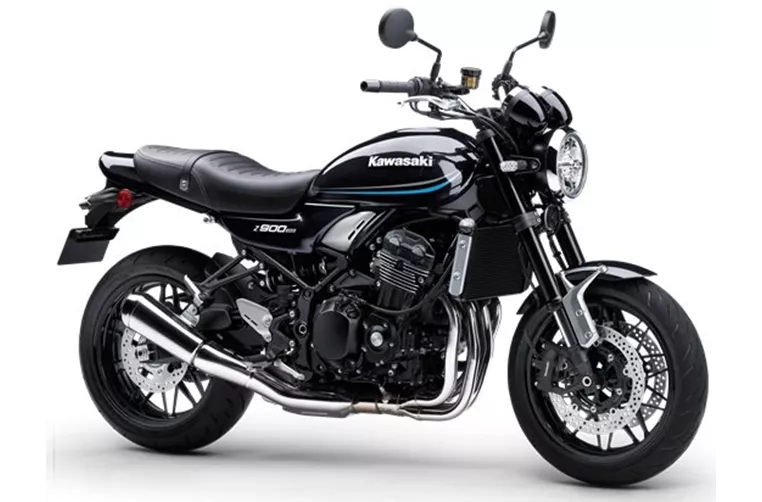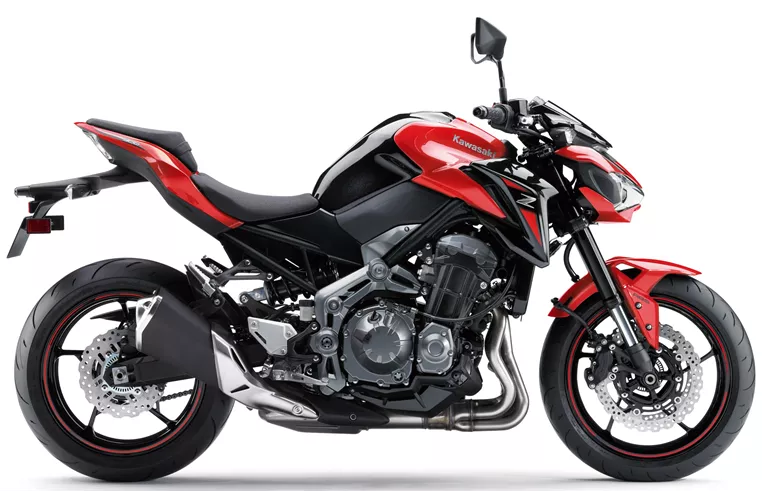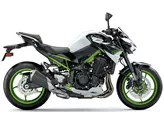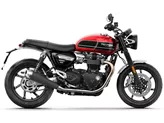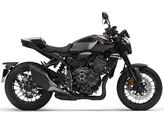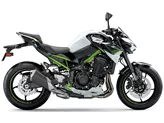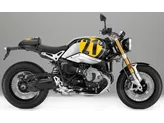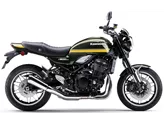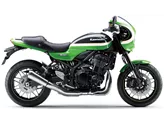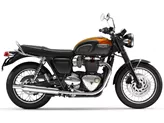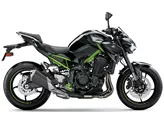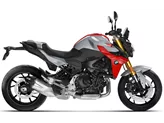Kawasaki Z900 RS 2022 vs. Kawasaki Z900 70kW 2018
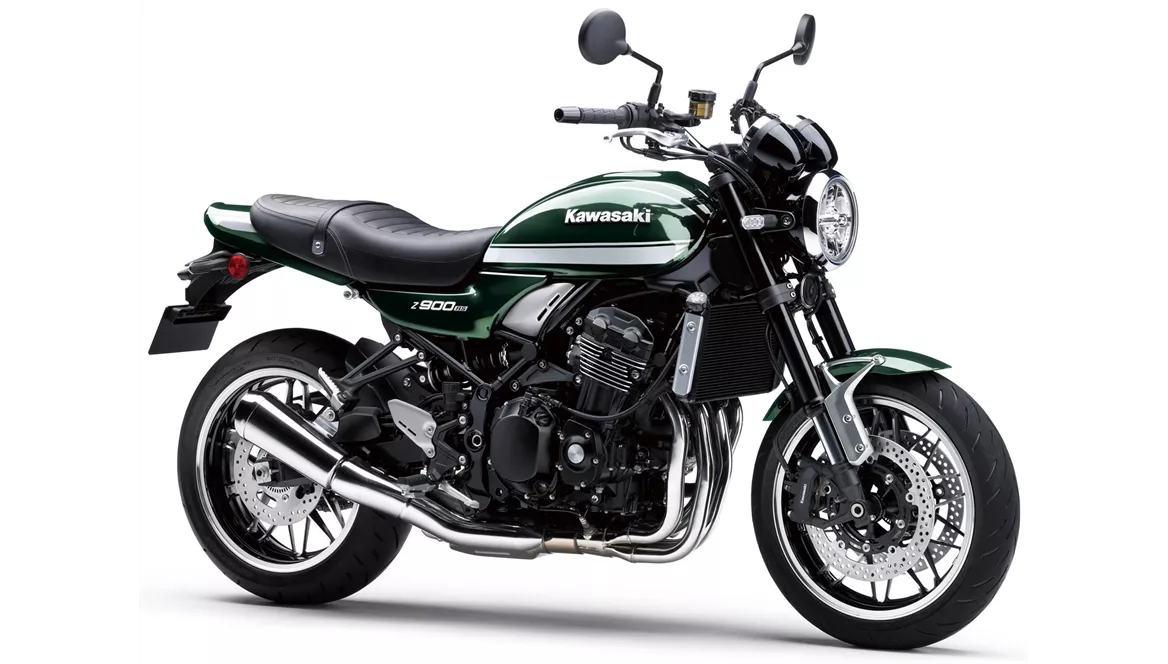
Kawasaki Z900 RS 2022
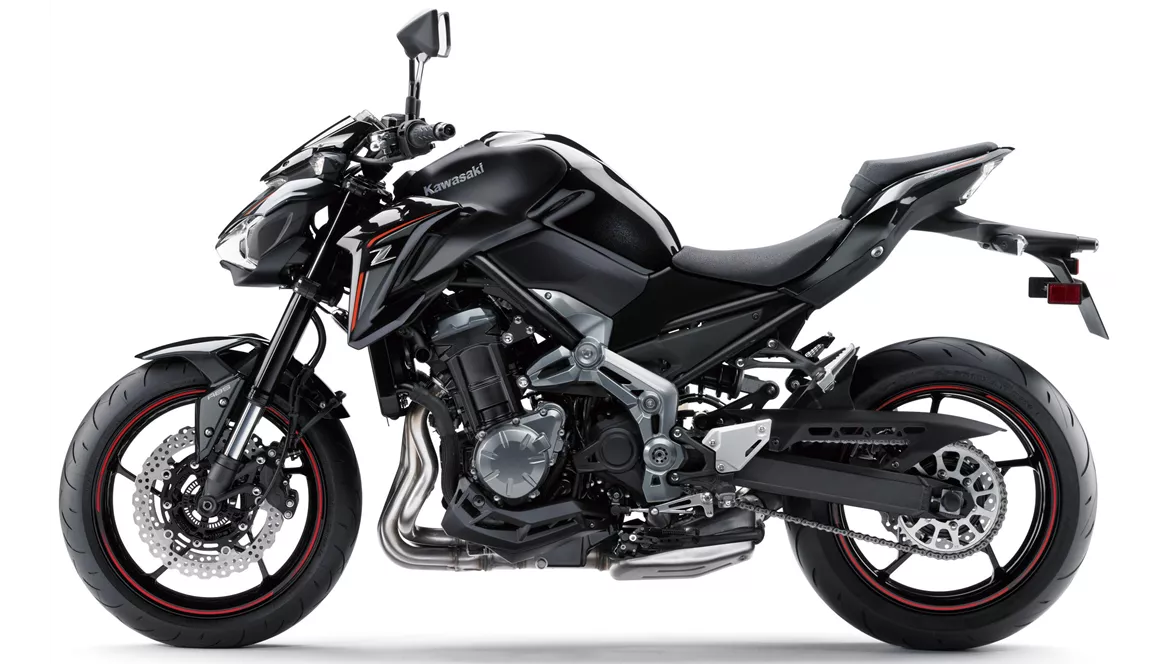
Kawasaki Z900 70kW 2018
Overview - Kawasaki Z900 RS 2022 vs Kawasaki Z900 70kW 2018
The Kawasaki Z900 RS 2022 and the Kawasaki Z900 70kW 2018 are both naked bikes from Kawasaki, but they have some notable differences in terms of technical specifications and strengths.
Starting with the technical specifications, both bikes have an in-line engine with a displacement of 948ccm and liquid cooling. However, the Z900 RS 2022 has a more powerful engine, producing 111 HP compared to the Z900 70kW 2018's 95 HP. The Z900 RS 2022 also has higher torque at 98.6 Nm compared to the Z900 70kW 2018's 91.2 Nm. Both bikes have a fuel injection system and four cylinders.
In terms of suspension, both bikes have upside-down telescopic forks in the front and a swing arm suspension with a monoshock in the rear. The Z900 RS 2022 offers more adjustment options for the front suspension, including compression, preload, and rebound adjustments. The Z900 70kW 2018 only has preload and rebound adjustments for the front suspension.
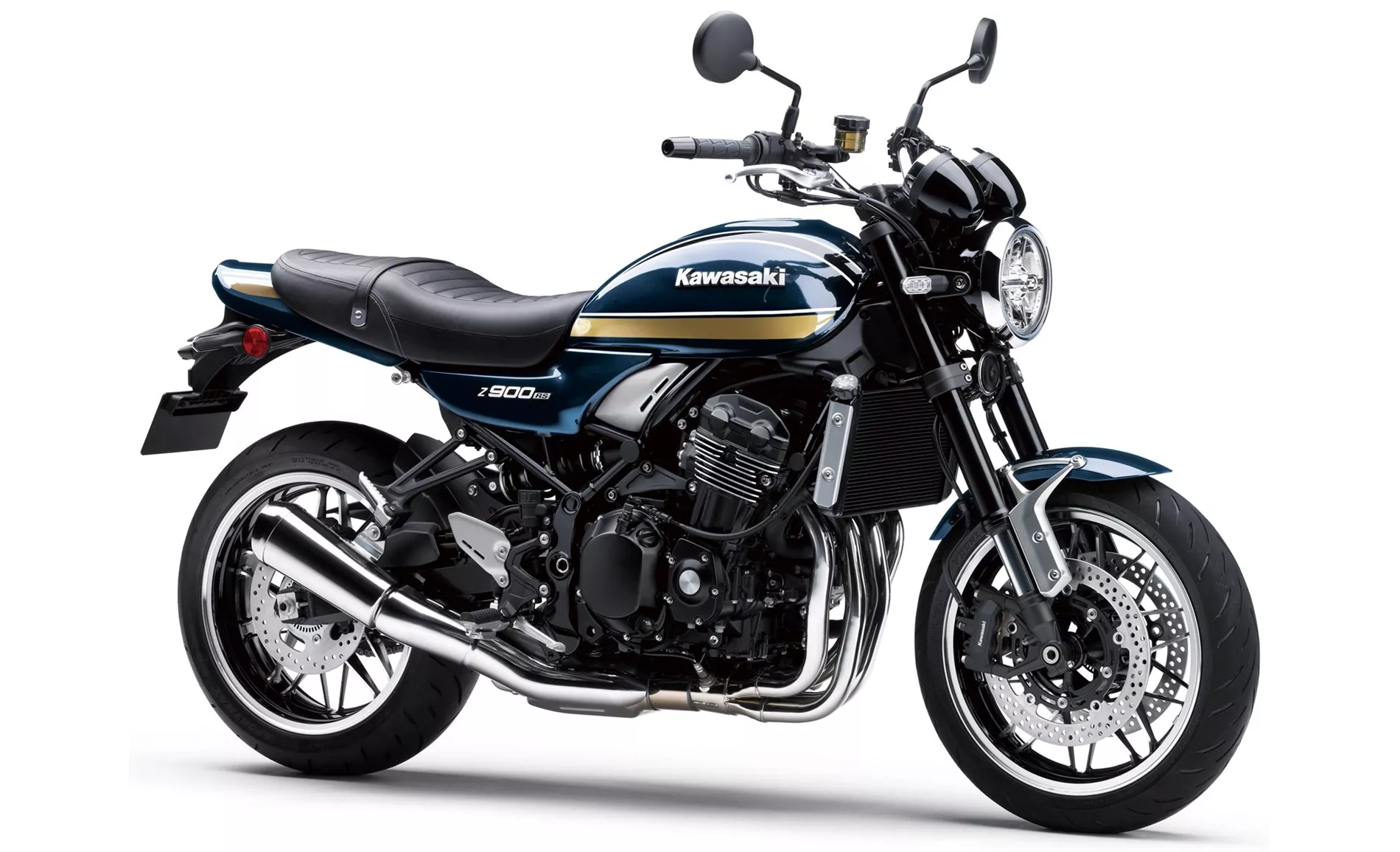
Kawasaki Z900 RS 2022
Both bikes have a steel frame, but the Z900 RS 2022 has a tubular frame while the Z900 70kW 2018 has a double cradle frame. The Z900 RS 2022 also has advanced rider assistance systems, including ABS and traction control, while the Z900 70kW 2018 only has ABS.
In terms of dimensions and weights, the Z900 RS 2022 has a slightly longer wheelbase at 1470mm compared to the Z900 70kW 2018's 1450mm. The seat height is also higher on the Z900 RS 2022 at 835mm compared to the Z900 70kW 2018's 795mm. The Z900 RS 2022 is slightly heavier with a kerb weight of 215kg compared to the Z900 70kW 2018's 210kg.
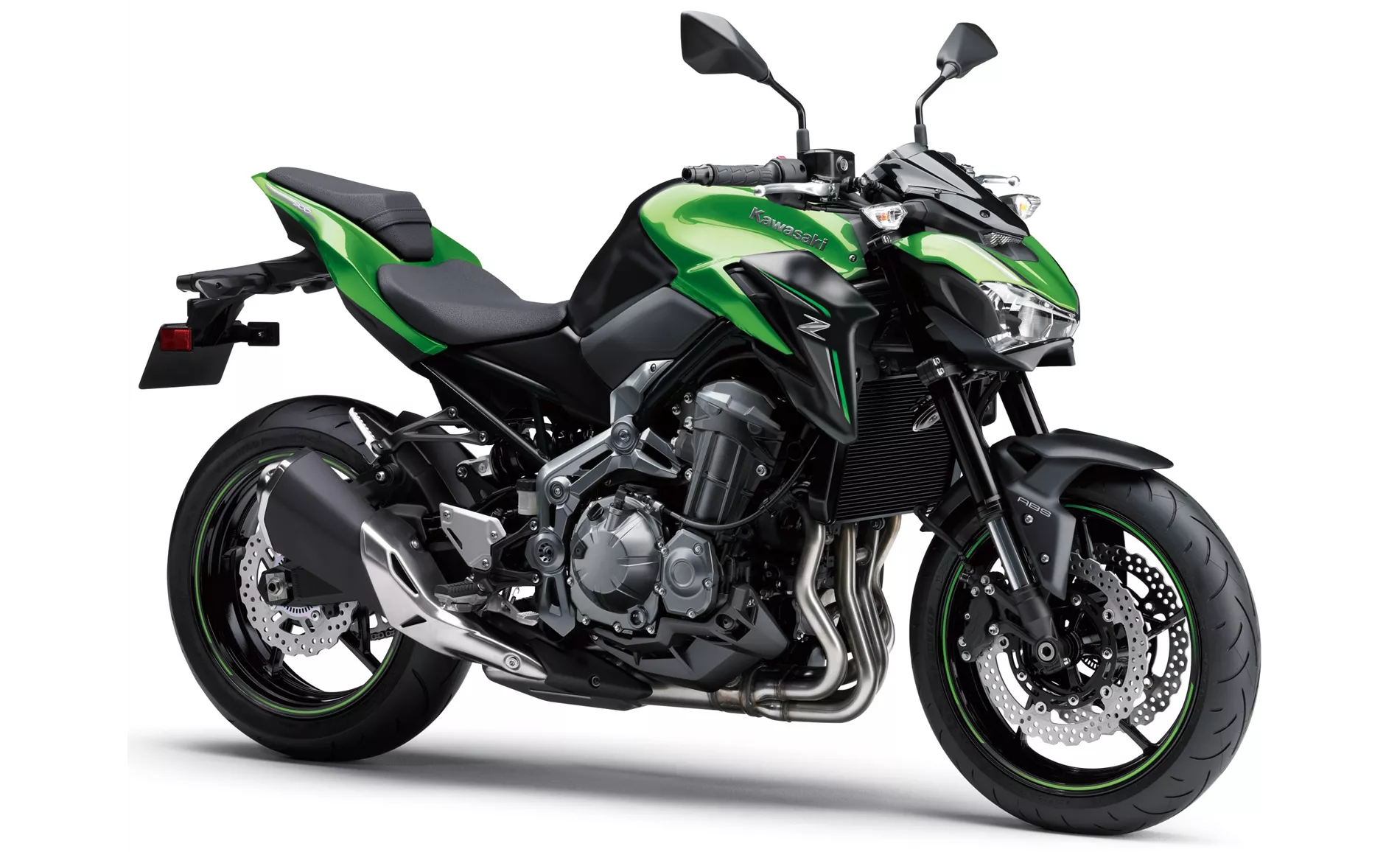
Kawasaki Z900 70kW 2018
Now, let's move on to the strengths of each bike. The Z900 RS 2022 is praised for its beautiful design, powerful engine, stable handling, powerful brakes, comfortable seating position, analogue displays, and adjustable levers. On the other hand, the Z900 70kW 2018 is commended for its smooth engine with punch at around 6000 rpm, finely controllable brakes, smooth running of the engine ideal for city traffic, typical 4-cylinder shriek (though restrained at low revs), stability at motorway speeds, and good handling.
In terms of weaknesses, the Z900 RS 2022 lacks an optional quickshifter, which may be a disappointment for some riders. The Z900 70kW 2018, on the other hand, is criticized for being quite small for tall people, having a relatively high weight of 210kg, and having poor acceleration with only 48 hp due to its weight.
In conclusion, the Kawasaki Z900 RS 2022 and the Kawasaki Z900 70kW 2018 are both capable naked bikes with their own strengths and weaknesses. The Z900 RS 2022 offers a more powerful engine, more adjustable suspension, and advanced rider assistance systems, while the Z900 70kW 2018 has a smooth engine, good handling, and is stable at high speeds. Ultimately, the choice between the two will depend on the rider's preferences and priorities.
Technical Specifications Kawasaki Z900 RS 2022 compared to Kawasaki Z900 70kW 2018
Pros and Cons in comparison
Pros and Cons in comparison
Kawasaki Z900 RS 2022
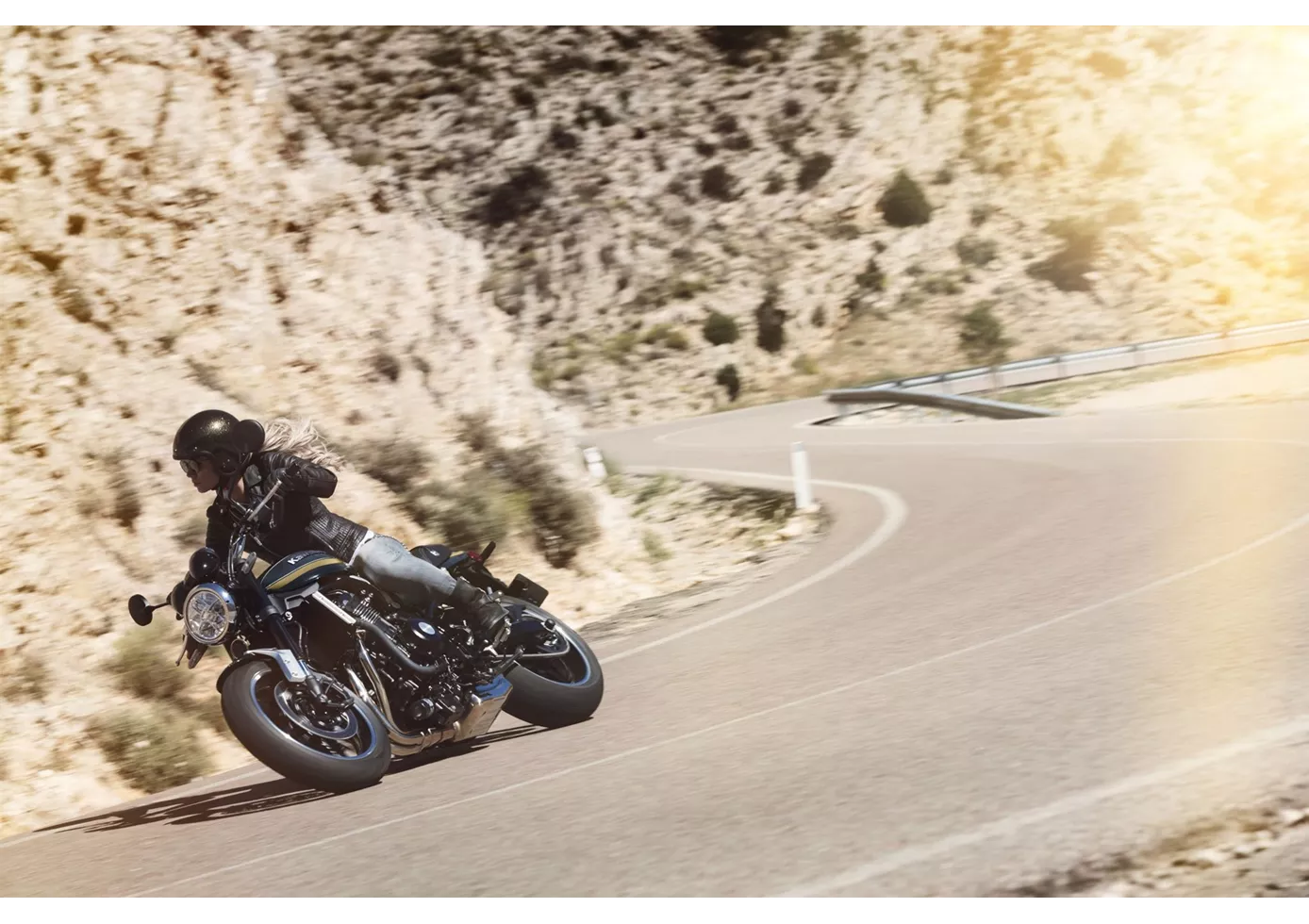
The Z900 RS enjoys a large fan base and in 2022 it once again proves why it is so popular. The powerful engine scores with pulling power and a wonderful sound that is not too obtrusive. The handling feels natural and presents no challenges. Only a quickshifter would suit the bike - even if that doesn't quite fit the retro idea.
Kawasaki Z900 70kW 2018
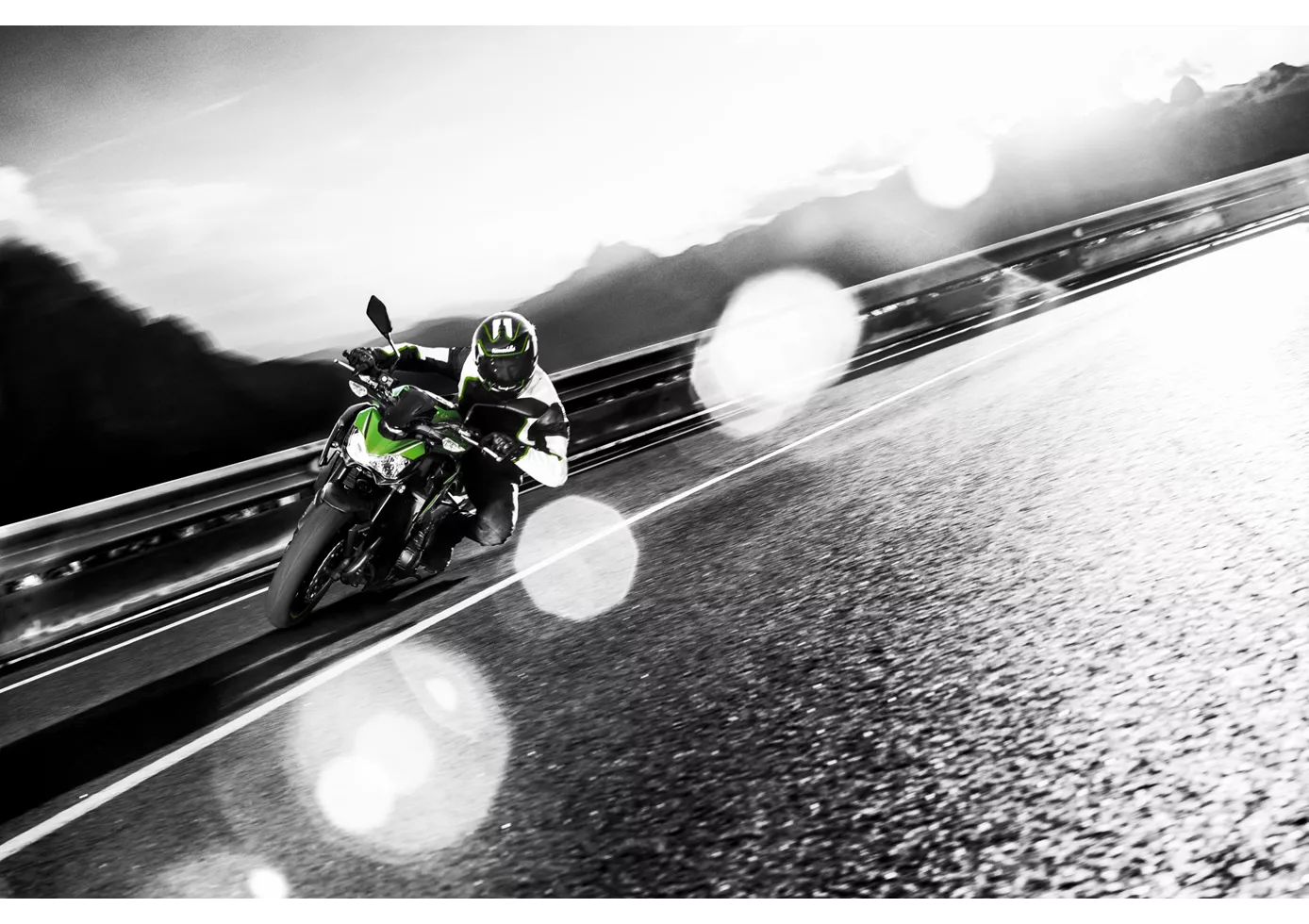
The Z900 is a top entry-level motorbike. Very smooth engine, great brakes and lots of adjustment options on the chassis and levers. The acceleration may be too good for speed junkies, but it's just right for learning. The lack of electronic gimmicks, riding modes and traction control doesn't bother either, but makes the Z900 a good bike to learn the basics of two-wheeled locomotion. A high-quality purist, a real motorbike, even with only 48 hp!
Price Comparison Avarage Market Price Kawasaki Z900 RS vs Kawasaki Z900 70kW
There are a few key differences between a Kawasaki Z900 RS 2022 and a Kawasaki Z900 70kW 2018. In terms of price, the actual average price of a Kawasaki Z900 RS 2022 is about 39% higher. Compared to Kawasaki Z900 70kW 2018 there are more Kawasaki Z900 RS 2022 bikes available on the 1000PS.de Marketplace, specifically 22 compared to 5. It takes less time to sell a Kawasaki Z900 RS with 127 days compared to 194 days for a Kawasaki Z900 70kW. Since model year 2018 1000PS.de editors have written 26 reviews for the Kawasaki Z900 RS and 10 reviews for the Kawasaki Z900 70kW since model year 2018. The first review for the Kawasaki Z900 RS was published on 06/09/2017 and now has more than 63,700 views. This compares to more than 104,300 views for the first review on Kawasaki Z900 70kW published on 23/11/2018.
